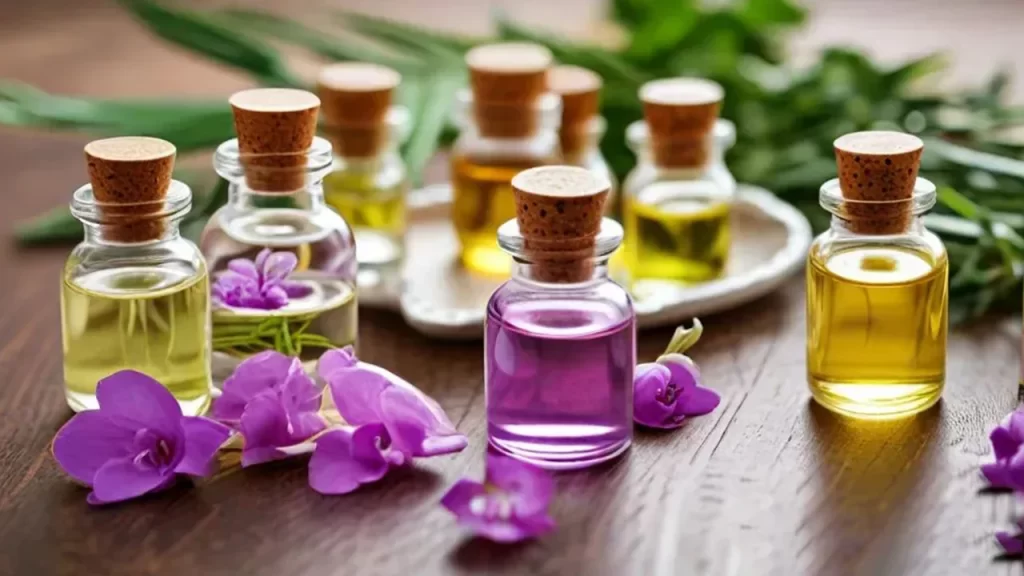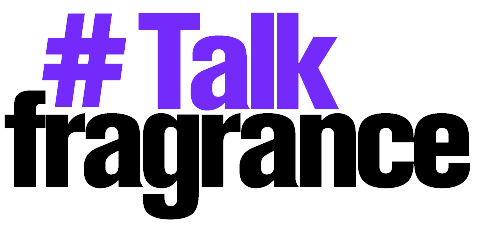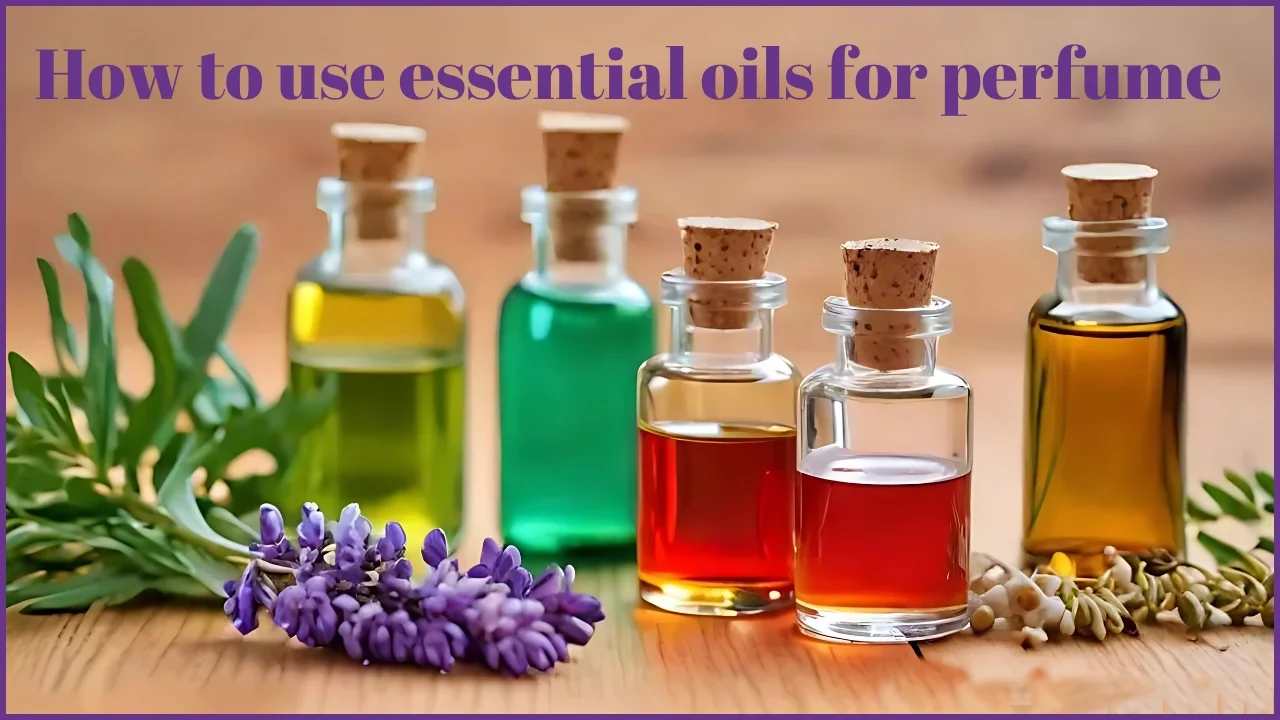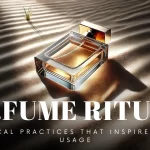Why use essential oils for perfume making?
People from other cultures have used essential oils for medicinal and aromatic purposes for centuries. These days, however, the word is mainly known for its usage in aromatherapy, skincare, and perfume-making. There are plenty of benefits provided by essential oils for perfume making. Not only do they represent a natural, healthy alternative to synthetic fragrances, but their depth and complexity of scent are simply unmatched.

The art of selecting the best essential oils for perfume-making is an age old and precise process perfected over thousands of years. Essential oils are natural and aromatic compounds drawn from plants that serve as a basis for great perfumes. Let’s delve into how to make perfumes with essential oils and homemade perfume recipes, techniques, and skills.
Pick Your Favorite Essential Oil and Smell
For choosing the different essential oils for your personal signature fragrance, keep in mind that citrus makes a great head note since it is powerful and bold yet light and airy florals do well as a heart note while woodsy smells have longevity so they work well as a base. You can combine a variety of whiffs you favor, but producing a combination from these three subgroups is an excellent place to begin, it might look like a sample blend has bergamot, jasmine, and sandalwood:
Fresh
The popular group is fresh fragrance. The peppermint, eucalyptus, and tea tree all come under the category of fresh, and these have a fresh, revitalizing aroma. This type is useful for inducing an alert feeling of energy.
Floral
Floral is another common variety, and such oils include lavender, rose, chamomile, Ylang ylang, lavender, neroli, geranium, and magnolia; these are some of the top floral choices that always bring a splash of garden freshness and spring freshness to your own perfume. Sweetly fragrant with delicate scents, these aromas are primarily used for relaxing and stress-relieving purposes.
Woody
Woody essential oils would include Frankincense, sandalwood, cedarwood, pine needle, and juniper berry, great choices for the woody, earthy note and complement those brighter, lighter scents wonderfully. These scents provide that warm, earthy smell; it’s amazing how well that grounds and calms a space.
Citrusy
Citrusy essential oils are perfect for elevating moods and mental acuities. These are strong, full-on high notes. Citrus fragrances work particularly well during the warmer periods of the year, namely lemon, orange, grapefruit, and bergamot.
Musky
Musk perfume fragrances are next to woody ones, and scents such as vetiver, patchouli, benzoin, and myrrh belong to earthy, deep fragrances that linger longer and may be better suited to autumn and winter.
Spicy
The other is spicy, including cinnamon, ginger, and clove in warm, invigorating fragrances often for a cozy, comforting ambiance.
Oriental scents are sometimes sweet and warm, even spicy in the extreme. The luxuriant perfume family in which oriental perfumes are categorized is into floral oriental, soft oriental, and oriental woody scents.
Herbal
If you want something a little lighter and herbaceous, you may consider blending in essential oils such as rosemary, lavender, or oregano that tend to mix well with the woody fragrance.
What Is The Best Smelling Essential Oils For Perfume?
Best-smelling essential oils for perfume tends to be a bit of a personal preference. Everyone has their taste, after all!
| Essential Oil | Aroma Profile | Notes | Common Uses |
| Lemon | Citrusy, fresh | Top | Uplifting, energizing, used in cosmetics and aromatherapy |
| Tea Tree | Fresh, camphor-like | Top | Antimicrobial properties also used for its strong aroma |
| Lavender | Floral, sweet | Top/Middle | Stress relief, and calm, found in many designer perfumes |
| Bergamot | Fruity, slightly spicy | Top/Middle | The bright and uplifting scent |
| Jasmine | Exotic, floral | Middle | Romantic scents, found in women’s fragrances |
| Ylang Ylang | Floral, sweet | Middle | Calming, used in various perfume blends |
| Geranium | Rose, fresh | Middle | Lighter take on rose scents |
| Frankincense | Earthy, woody | Base | Warming aroma used in spiritual and calming blends |
| Patchouli | Earthy, musky, sweet | Base | Grounding scent, popular in many perfumes |
| Cedarwood | Woodsy, soothing | Base | Common in incense and aftershaves |
Gather Your Supplies
You will need to gather the following:
- One 5 mL (0.2 fl oz) rollerball bottle
- Three essential oils: head, heart, and base
- Four pipettes or glass droppers: one for each of your essential oils, and one for your carrier oil
- An unscented carrier oil, like jojoba or almond oil
Following a 20% Concentration Ratio
As a precautionary measure, do not exceed a 20% concentration of your choice of essential oils in the carrier oil when making perfume. Each milliliter of liquid equals around 20 drops through a pipette or glass dropper. So if you have a 5 mL bottle of liquid, you would have to prepare provisions for 100 drops of liquid. In the event that you would like to recreate this scent, make sure to take note of your custom recipe.
To begin with, about one fragrance composition using essential oils, you should have:
- 80 drops of carrier oil
- 20 drops of essential oil blend (10 drops base, five drops head, five drops heart)
How to Blend Essential Oils for Perfume
Once you get to the process of how to blend Blend Essential Oils for Perfume to create your customized blends, it boils down to what suits you. However, there are a few oils that we know blend and combine perfectly and make some of the best-smelling essential oil blends there are. Have a go at these blends:
- Lavender, Ylang-Ylang, and Orange are a calming citrus mix.
- Orange, Eucalyptus, Lemongrass, Peppermint, and Cardamom uplift, invigorate and motivate Motivate Pure Essential Oil Blend.
- Ylang-Ylang with Geranium floral spring scent.
- For pure relaxation have a go with Lavender, Bergamot, Geranium, Marjoram, and Cedarwood.
- To sleep well (bedtime treat) mix sweet Vanilla with lavender.
Mix Up Your Formula
After you’ve got your ingredients and materials all ready, these five easy steps will guide you through making essential oil perfume.
- Add 80 drops of the essential oil with one of your droppers into the perfume bottle.
- With another dropper for each, add 10 drops of the essential oil base notes, followed by five drops of head notes, and five drops of heart notes.
- Cap the bottle tightly and shake it well (and before every use).
- Name your invention.
- Keep it in a cool, dark location.
Apply Your Perfume Oil
Depending on the bottle of your choice, you will dab, roll, or spray. Dabbing it behind the ear, the collarbone, and the chest will also help diffuse it. Smith says to dab perfume oil on the tops of the arms but avoid wrists because they are a bit high in blood flow and evaporate the scent fast. The nape of the neck, for instance, is a great area where perfume oils tend to linger and impact you. Doing perfume oils to your skin makes it your elixir it makes the skin feel silky, it lasts, and it intensifies all day, not like most fragrances that are one note.
FAQs
Can I make a flowery fragrance using essential oils?
You can make a flowery fragrance, that smells like flowers, by using lavender essential oil and several other essential oils including rose, jasmine, ylang-ylang, and geranium. By blending these oils in several blends you can make the most beautiful natural flowery scent.
How can I make my perfume last longer?
Base notes such as sandalwood and cedarwood can make your perfume last longer because they evaporate slower.
How to make designer perfume oils?
Making designer perfume oils requires choosing the best essential oils, creating a desired scent profile, accurate measurement of oils, blending oils, testing and adjusting the fragrance, and finally bottling it in a clean, airtight container.
Which alcohol is best for perfume making?
Ethanol, denatured alcohol, and perfumer’s alcohol. However, perfumer’s alcohol is the best one to use in making perfumes as it is specially prepared for perfumery and is odorless and colorless so that the fragrance could be the point of focus.













